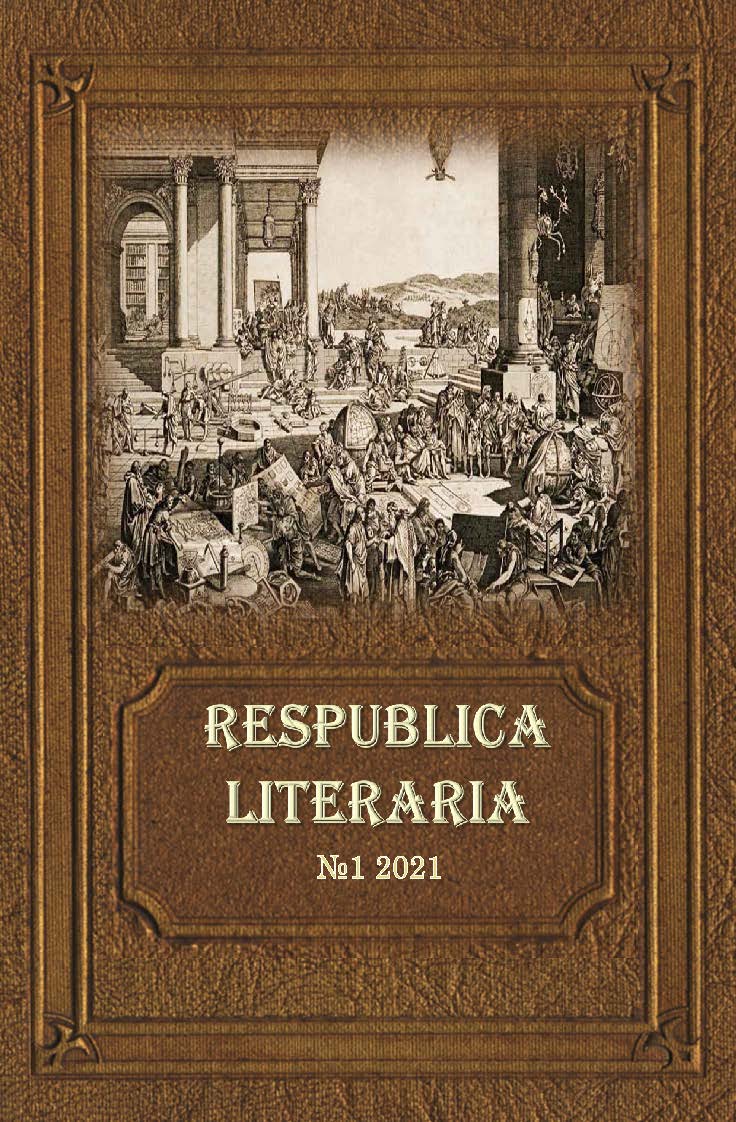Fuzzy Type Theory in the Analysis of Argumentation
DOI:
https://doi.org/10.47850/RL.2021.2.1.37-47Keywords:
theory of argumentation, type theory, fuzzy logicAbstract
The article deals with a fazzy variant of P. Martin-Löf ’s intuitionistic type theory. It presents the overview
of fuzzy type theory rules and an example of its application to the analysis of the persuasiveness of argumentation. In
the latter, the truth values of fuzzy logic are interpreted as degrees of persuasiveness of statements and arguments. The
formalization is implemented in the proof assistant Agda.
References
Заде, Л. (1976). Понятие лингвистической переменной и его применение к принятию приближен-
ных решений. М.: Мир. 166 с.
Zadeh, L. (1976). The Concept of a Linguistic Variable and its Application to Approximate Reasoning. M.
pp. (In Russ)
Hájek, P. (1998). Metamathematics of Fuzzy Logic. Trends in Logic 4. Springer. VIII, 299 pp.
Martin-Löf, P. (1984). An Intuitionistic Type Theory. Notes by Giovanni Sambin of a series of lectures
given in Padua, June 1980. Studies in Proof Theory. Napoli. Bibliopolis. 91 pp.
Univalent Foundations Program, The (2013). Homotopy Type Theory. Univalent Foundations of Mathematics.
Institute for Advanced Study. 589 pp. [Online]. URL: http://homotopytypetheory.org/book.
Zagorulko, Y., Domanov, O., Sery, A., Sidorova, E., and Borovikova, O. (2020). Analysis of the Persuasiveness
of Argumentation in Popular Science Texts. In Kuznetsov, S., Panov, A. and Yakovlev, K. (ed.).
Artificial Intelligence. RCAI 2020. Springer. pp. 351-367. DOI: 10.1007/978-3-030-59535-7_26.
Downloads
Published
How to Cite
Issue
Section
License

This work is licensed under a Creative Commons Attribution-NonCommercial-NoDerivatives 4.0 International License.
https://oc.philosophy.nsc.ru/remote.php/webdav/%D0%94%D0%BE%D0%B3%D0%BE%D0%B2%D0%BE%D1%80%20%D1%81%20%D0%B0%D0%B2%D1%82%D0%BE%D1%80%D0%BE%D0%BC%20RL-%D0%BF%D1%80%D0%B0%D0%B2.doc





